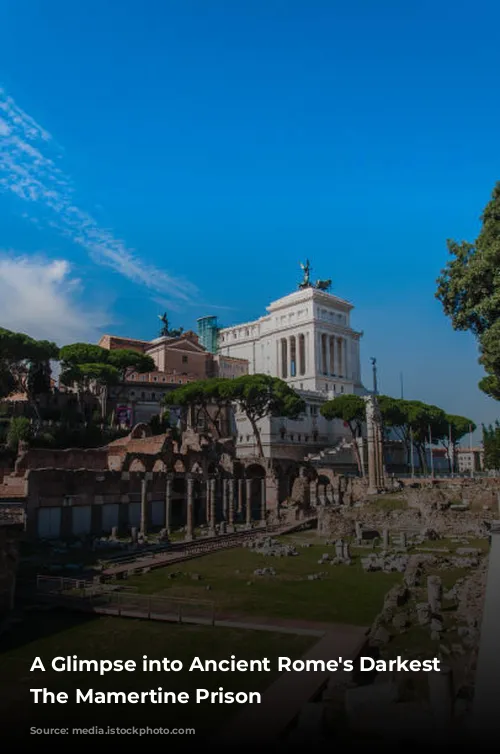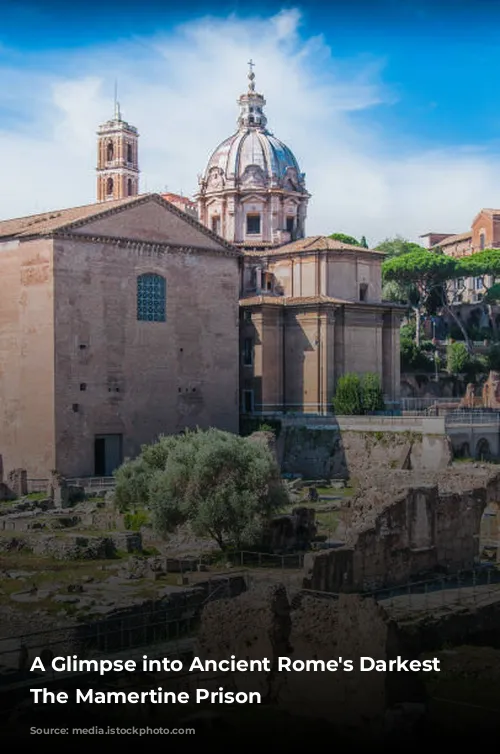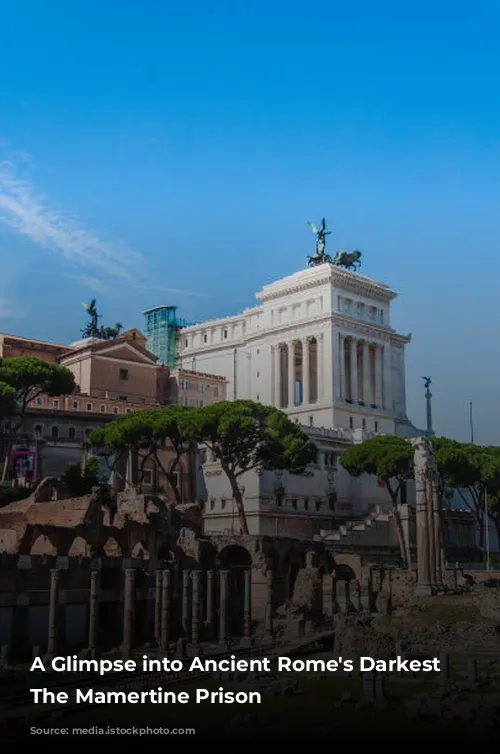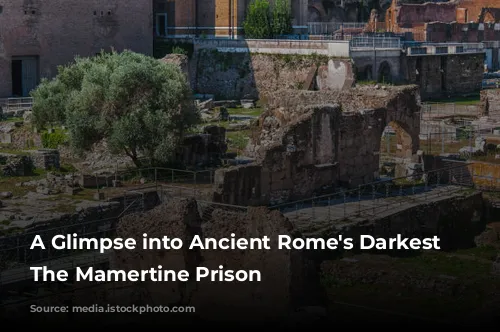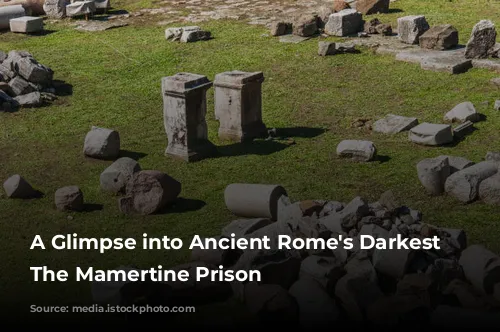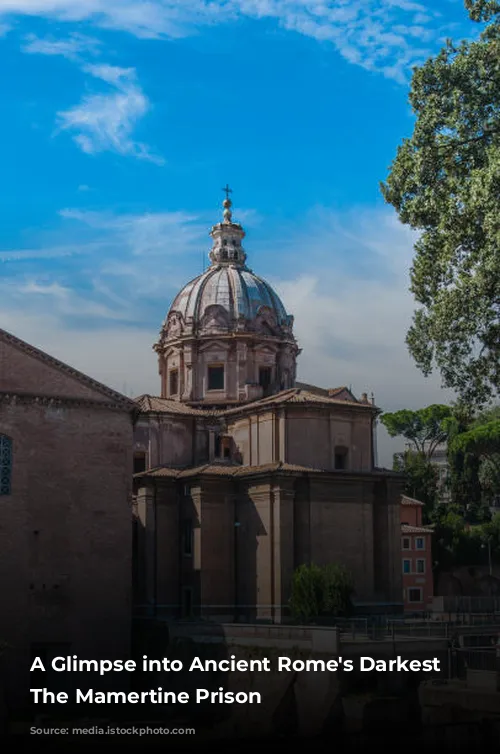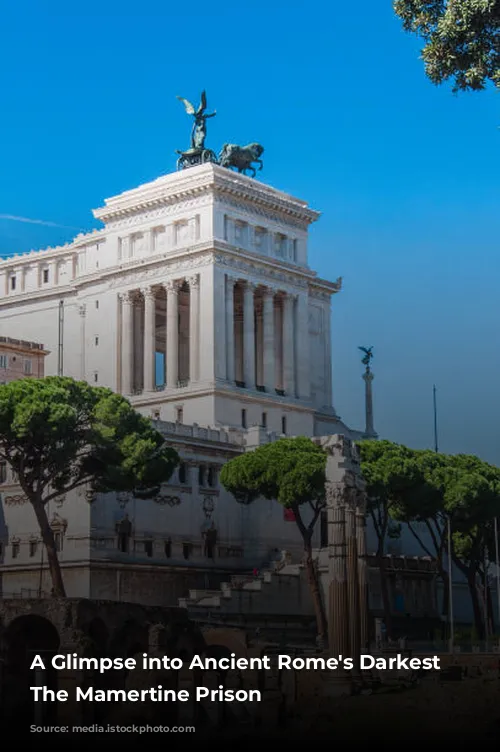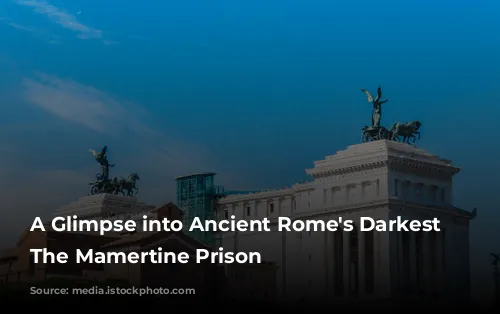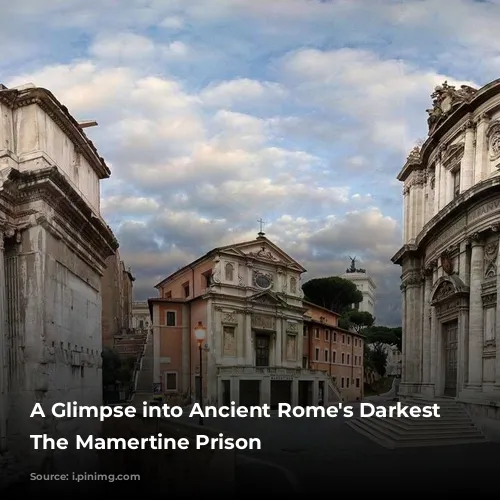Imagine a time when justice was swift and brutal. A place where prisoners awaited their fate, shrouded in darkness and despair. Welcome to the Mamertine Prison, a sinister relic of ancient Rome, known for its chilling history and its enduring connection to Christian tradition.
A Prison’s Birth: From Cistern to Dungeon
This infamous prison, known in ancient times as the Tullianum, was more than just a place of confinement. It was a testament to Roman ingenuity and a chilling symbol of their harsh justice system. Its origins date back to the 7th century BC, when it was originally built as a cistern for collecting water. But the Tullianum soon transformed into a dungeon, a terrifying subterranean abyss where prisoners awaited their fate.
Located on the northeastern slope of the Capitoline Hill, the Tullianum stood in the shadow of the Roman Forum, a stark contrast to the grandeur that surrounded it. Its imposing presence loomed over the law courts, a chilling reminder of the fate that awaited those who fell foul of the law.
A Place of Temporary Detention: From Trial to Execution
While the Tullianum might have been used for long-term incarceration, it was primarily a place of temporary detention. It served as a holding cell for those awaiting trial or awaiting their execution.
This gruesome reality was not lost on Roman citizens. Imprisonment was not considered a formal sentence under Roman law, and the Tullianum was a place of swift and brutal justice. Prisoners often faced their fate within its walls, with little hope of redemption or appeal.

A Place of Infamy: Notable Prisoners and Executions
Over the centuries, the Mamertine Prison saw a chilling parade of high-profile prisoners, from rebellious kings to ruthless revolutionaries. Each prisoner’s story added to the Tullianum’s legacy of fear and intrigue.
Notable prisoners who met their end within its walls include Gaius Pontius, the leader of the Samnite resistance, and Vercingetorix, the valiant Gallic warrior. The Tullianum also saw the incarceration of Jugurtha, the king of Numidia, and Sejanus, the trusted confidant of Emperor Tiberius, both of whom met their demise in its grim embrace.

A Legacy of Faith: The Mamertine Prison and Christian Tradition
While the Tullianum is synonymous with Roman brutality, it also holds a special place in Christian history. Tradition holds that Saint Peter, the apostle of Jesus Christ, was imprisoned there before his crucifixion.
The Mamertine Prison’s connection to Christian tradition adds another layer of complexity to its already grim history. It is said that the spring that once filled the Tullianum’s bottom chamber became a source of miracles for Saint Peter, enabling him to baptize fellow prisoners.
The Mamertine Prison is now a place of pilgrimage, a testament to the enduring power of faith in the face of adversity. The churches of San Giuseppe dei Falegnami and San Pietro in Carcere stand above the Tullianum’s remains, offering a glimpse into the prison’s past and a reminder of its powerful connection to Christian belief.
The Mamertine Prison, a haunting reminder of the brutal realities of ancient Rome, is more than just a place of confinement. It is a chilling testament to the power of the state, a somber reminder of human suffering, and a place where faith and fear intertwined.

